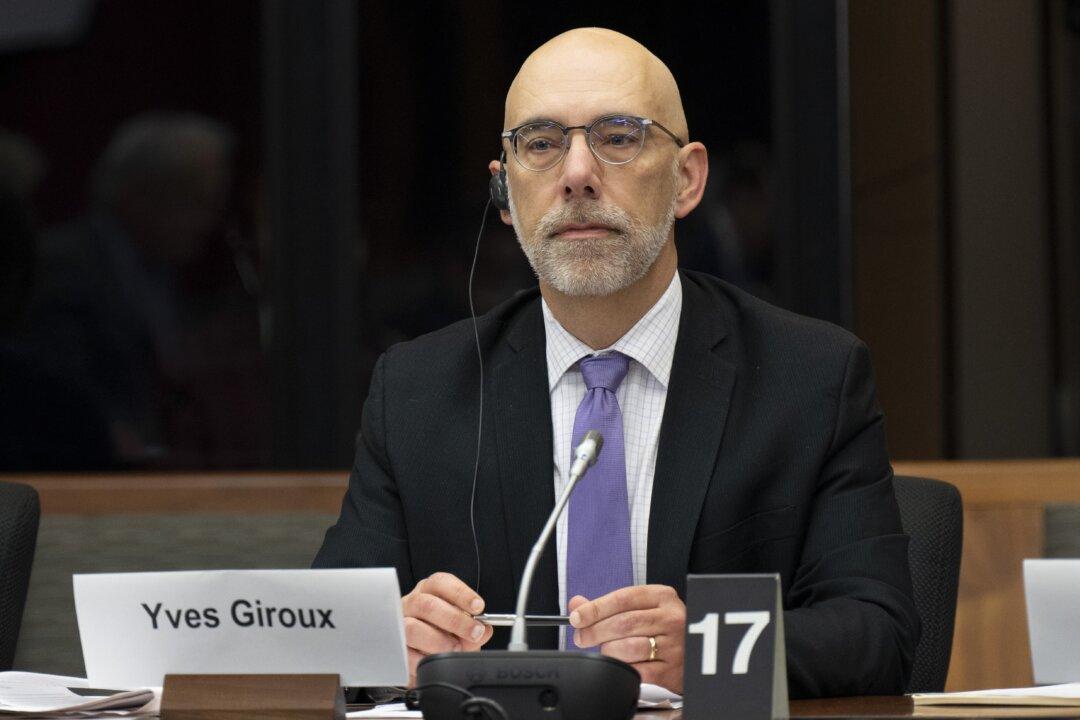The union representing members of the RCMP is calling on the federal government to implement a number of bail reform measures to address rising crime rates in Canada’s major cities and improve safety for police officers.
In a July 12 discussion paper, Brian Sauvé, president and CEO of the National Police Federation (NPF), outlined seven recommendations that the union has brought before the federal government.





